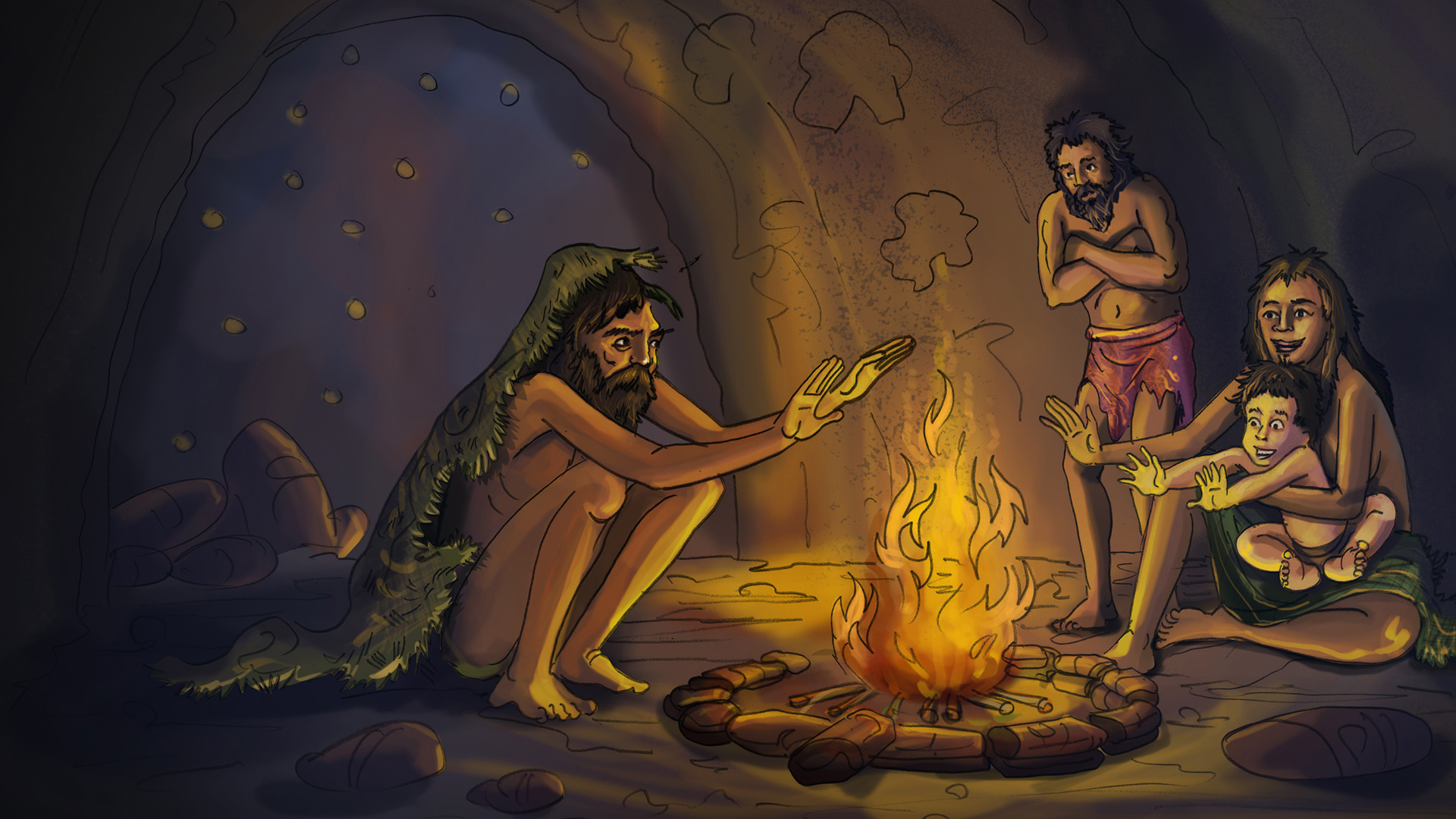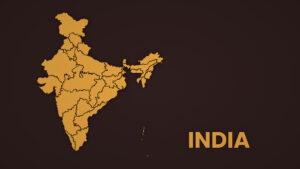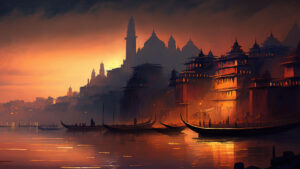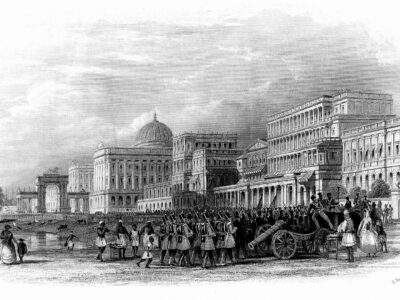The end of the old stone age coincided with the end of the ice age around 12000 BCE. The shifting phase connecting the Pleistocene to the Holocene epochs (circa 12000 to 10000 BCE) observed drastic geological and climatic changes that resulted in the extinction of several species of life, glaciations and diversification in biotic conditions. The environment became warm and rainy, influencing transformations in flora and fauna.
The Mesolithic age is the middle stone age and refers to a transitional stage amidst the Palaeolithic and Neolithic ages. The Mesolithic culture developed in 9000 BCE and persisted until 4000 BCE, enabling the way to the new stone age. The Mesolithic people continued to live by hunting, fishing and gathering, developed the skill of using fire and learned to domesticate animals in the later stages. They employed microlithic tools made of cryptocrystalline silica for hunting and the practice of herding livestock. The Mesolithic people used animal skins to wear as clothes in this age.
Some of the notable sites of the Mesolithic age in India that provided evidence of livestock rearing, prehistoric paintings and pre-microlithic skeletons are:
- Bagor in Rajasthan
- Azamgarh in Madhya Pradesh
- Mirzapur in Uttar Pradesh
- Langhnaj in Gujarat
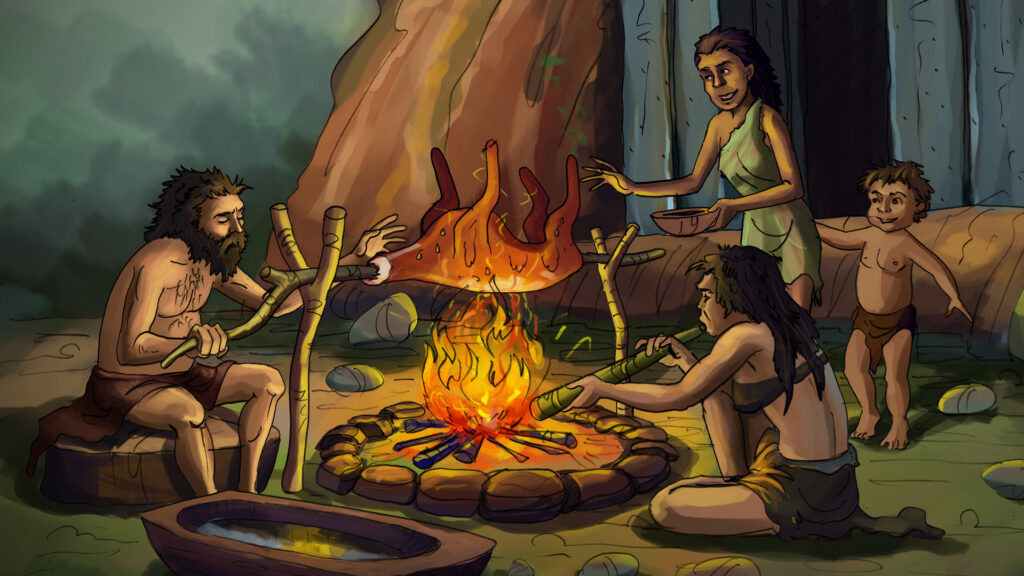
Around or after 6000 BCE, the Mesolithic culture practised the cultivation of crops as they were exposed to post-Palaeolithic environmental changes, comprehending rainfall. The Mesolithic people refined their method of hunting, achieving more efficiency and developing various skills than the Palaeolithic people.
The inhabitants of the middle stone age lived together in groups and attained some stability in their settlements dwelling in rock shelters and straw huts. The need for the Mesolithic people to engage in farming and herding activities forced them to change their nomadic lifestyle to stable settlements in the plains and close to the rivers though not permanent. Their diet included leaves, vegetables, fruits, roots, and roasted meat of various animals, fish and birds.
After 5000 BCE, the use of language, warfare and violence might have existed in the Mesolithic culture. Mesolithic sentiments included the deceased ones buried in a grave with offerings. The paintings of the middle stone age indicate the presence of socio-cultural and religious values. Artefacts, beads, and pottery do not exist in the earlier phases, but they might have been used in the later stages.

